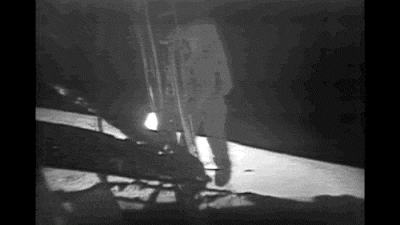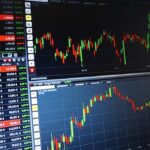
ECB President Draghi did not argue forcefully enough at yesterday’s press conference to dampen the enthusiasm for the euro. The initial dip was quickly bought and the euro chased above last year’s high near $1.1615, and the gains have been extended to nearly $1.1680 today. The next target is the August 2015 near $1.1715 is near. There continues to be talk of keen interest in $1.20 strikes and the indicative pricing in the options market is consistent with euro call buying.

The ECB retained the warning that it could boost its asset purchases if necessary, but no one really believes it will. There was nothing in Draghi’s comments that undermine our expectation that at the September meeting, the ECB will announce that it will reduce the assets it buys but extend the purchases through the first part of next year. The first robust expansion in a decade still needs to be nursed to ensure that it absorbs the space capacity and boost wages and prices.
The US dollar is very much unloved. The apparent stabilization of the political situation in Europe and sustained pace of above trend growth contrasts with the US where the political situation leaves much to be desired and the economy is uninspiring. The President’s agenda of deregulation, tax reform, and infrastructure that had fueled the last leg up of the dollar’s multi-year rally is now doubted, and those dollar gains have been unwound.
At the same time, the dollar’s negatives are being exaggerated as the pendulum of market sentiment swings against it. Yesterday’s positive news included an unexpected drop in the weekly jobless claims for the period that covered the non-farm payroll survey. Also, Leading Economic Indicators rose a stronger-than-expected 0.6 in June the fastest since January, which matched the highest level since the end of 2014.
Despite what some argue the flattening of the yield curve tells us, the economic data shows no sign of an impending economic downturn. Nor are investors abandoning the US. The TIC data showed foreign demand for long-term US securities rose to $92 bln in May. Such flows this year are running at more than twice last year’s pace (~$48 bln vs. $22 bln monthly average). Moreover, despite the preference for European shares over the US on various grounds, including valuation, since May 1, the US S&P 500 has outperformed the Dow Jones Stoxx 600 for Europe by four percentage points.














